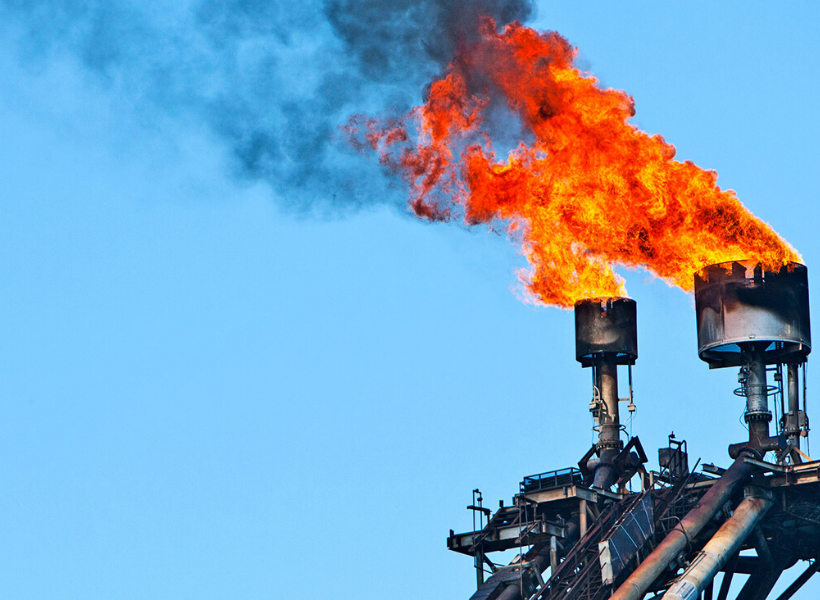India’s reliance on imported oil, accounting for 85% of its needs and costing over US$120 billion annually, consistently places high oil prices at the forefront of its policymakers’ concerns. A recent instance in October-November 2023, where the Israel-Hamas conflict in West Asia escalated tensions and drove oil prices above US$90 per barrel, only highlighted this vulnerability. However, this surge in prices proved to be short-lived, with rates retracting to the more moderate US$70-80 per barrel range as fears of an extensive regional conflict diminished. This pattern echoes a similar situation from early 2022, when the Russia-Ukraine conflict briefly spiked oil prices above US$100.
Despite these geopolitical disturbances and ongoing discussions about climate change, peak oil consumption, and energy transition, Indian energy experts remain optimistic. Amit Bhandari, a Senior Fellow specializing in Energy, Investment, and Connectivity at Gateway House, points out that significant oil discoveries globally, particularly the massive 11 billion barrels of oil equivalent found in Guyana, along with other significant finds, suggest that concerns about skyrocketing prices and depleting reserves may be overstated for India
For readers who may not be aware of Gateway House, it is an Indian Council on Global Relations, also considered a foreign policy think-tank established in 2009, to engage India’s leading corporations and individuals in debate and scholarship on India’s foreign policy and its role in global affairs.
In a comprehensive report, Bhandari contradicted prevailing notions of a declining oil demand, citing substantial investments by major players like ExxonMobil and CNOOC, exceeding US$40 billion in developing oil reserves in Guyana.
Further, contrary to the International Energy Agency’s (IEA) projections, which hinted at a sluggish oil demand growth, Bhandari argued that such forecasts might be influenced by the political stance of IEA’s largely Organisation for Economic Co-operation and Development (OECD) member states favouring fossil fuel phase-out. The Organization of the Petroleum Exporting Countries (OPEC), in contrast, predicted a more robust 2.25 million barrels/day increase in global oil demand for 2024.
While some Western institutions have advocated against fossil fuels, Bhandari highlighted that U.S. oil production exceeded 20 million barrels/day in 2023, surpassing Russia and Saudi Arabia combined. He stressed the enduring significance of oil for India’s economy, consuming 5.6 million barrels/day, and necessitating strategic investments in overseas oil fields to mitigate potential price fluctuations.
In the short term, Bhandari reassured Indian planners, noting significant oil production increases expected from Canada, Brazil, and Guyana. Additionally, he pointed out substantial unused production capacity in OPEC giants Saudi Arabia and the U.A.E., indicating a balanced global supply and demand scenario for the near future.
These insights underscore the ongoing relevance of oil and its intricate role in shaping global economies, with Guyana emerging as a significant player in the evolving oil map.













